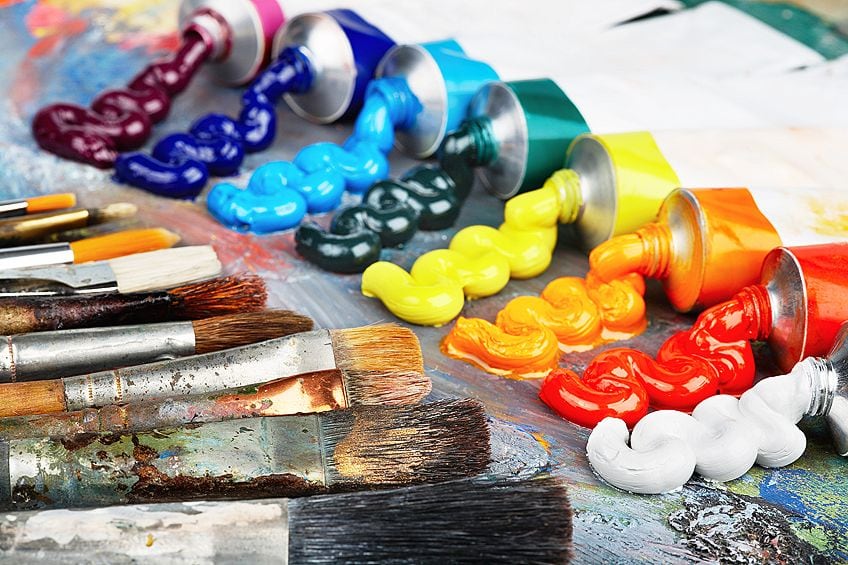

Multiple, even layers make for a far better finish than one thick layer.Īnd the best part of keeping up with thinner coats is that you don’t even need to wait until the first coat is fully dry before putting on the next. This also allows for the paint job to be neater and more even. This is ideal for individuals with tight schedules, who can’t just take a day or two off and power through. This approach to painting not only allows your walls to dry faster but also allows you to be able to plan the paint job better over a series of days.

Keep your coats light, and you’ll be done in no time. Rock salt, baking soda, or even charcoal are highly hygroscopic (they can absorb moisture from the air) and make for fantastic natural dehumidifiers. There are also several other ways you can make your very own dehumidifier, in line with the spirit of DIY. If you’re painting a metal roof with oil paint, this could take around a day to dry. For example, oil-based paints will take longer to dry against metal, than against wood or drywall.

However, the dry time is heavily dependent on the surface of the material. You can also find easier, user-friendly options like DampRid. Oil-based paints usually take around 6-8 hours to dry. Waiting somewhere between 24 and 36 hours for the paint to fully dry out is your best bet. Patience is key if you’re planning several different-colored coats or want to draw, mark, or drill on the paint. In the case that you live in a particularly humid region, using a dehumidifier would also prove quite effective. Depending on what you want to do on the surface, a thorough dry can take several hours or even up to a day. It also helps to look at the weather forecast in advance and settle on the least humid day to begin your paint job.


 0 kommentar(er)
0 kommentar(er)
